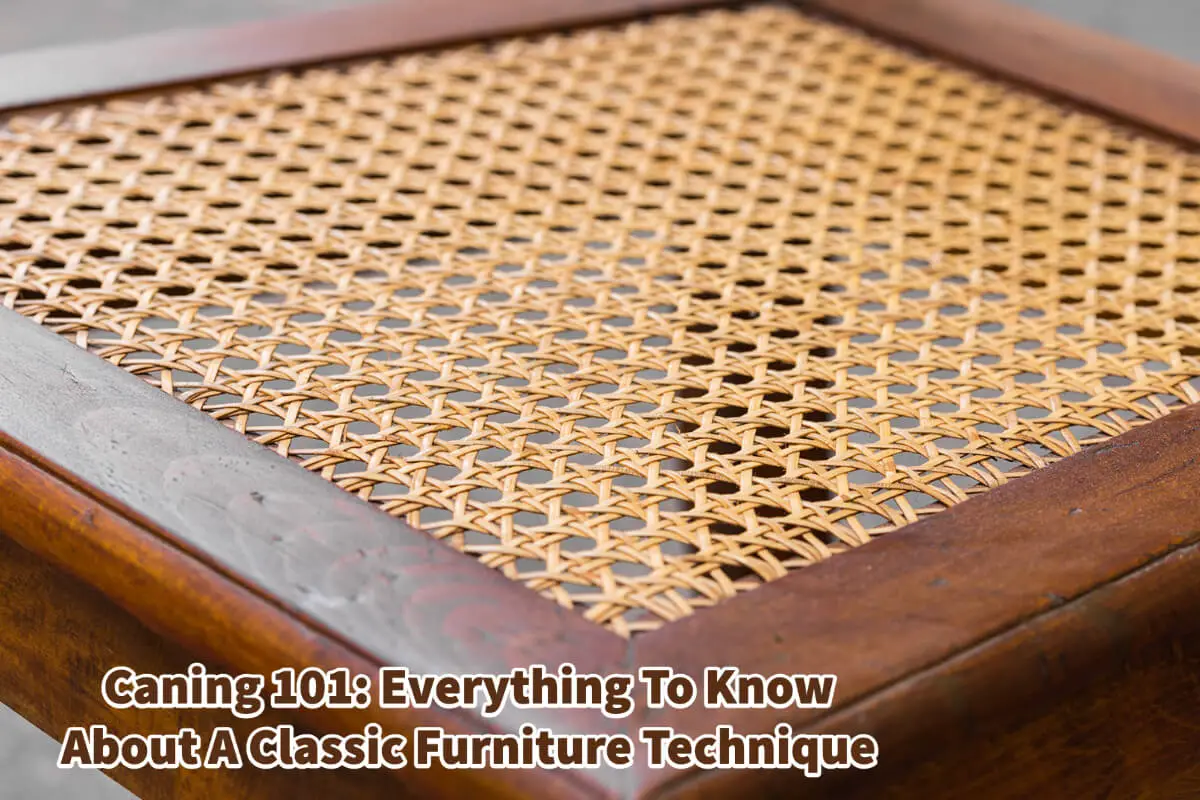Caning is an ancient technique used for centuries to create intricate patterns on chairs and furniture. But even though this is an ancient technique, it is still used today for furniture production.
Caning is the timeless art of weaving, which involves using thin strips of cane, rattan, or other materials woven together to create a strong and durable seat or backrest for chairs and other furniture pieces. It is a type of look that looks beautiful but also comfortable and timeless. Read on to explore caning and why it is a material we love and appreciate for all furniture and accessories.
Table of Contents
- Why Caning Is An Old Furniture Technique
- 10 Unique Qualities Of Caning
- Caning Is A Classical Furniture Technique For Today’s Home Decor
- Frequently Asked Questions About Furniture Caning
- Related Content
Why Caning Is An Old Furniture Technique
Caning is an old furniture technique that has been around for centuries. It is often used on chairs and furniture that need a strong and durable seat or backrest.
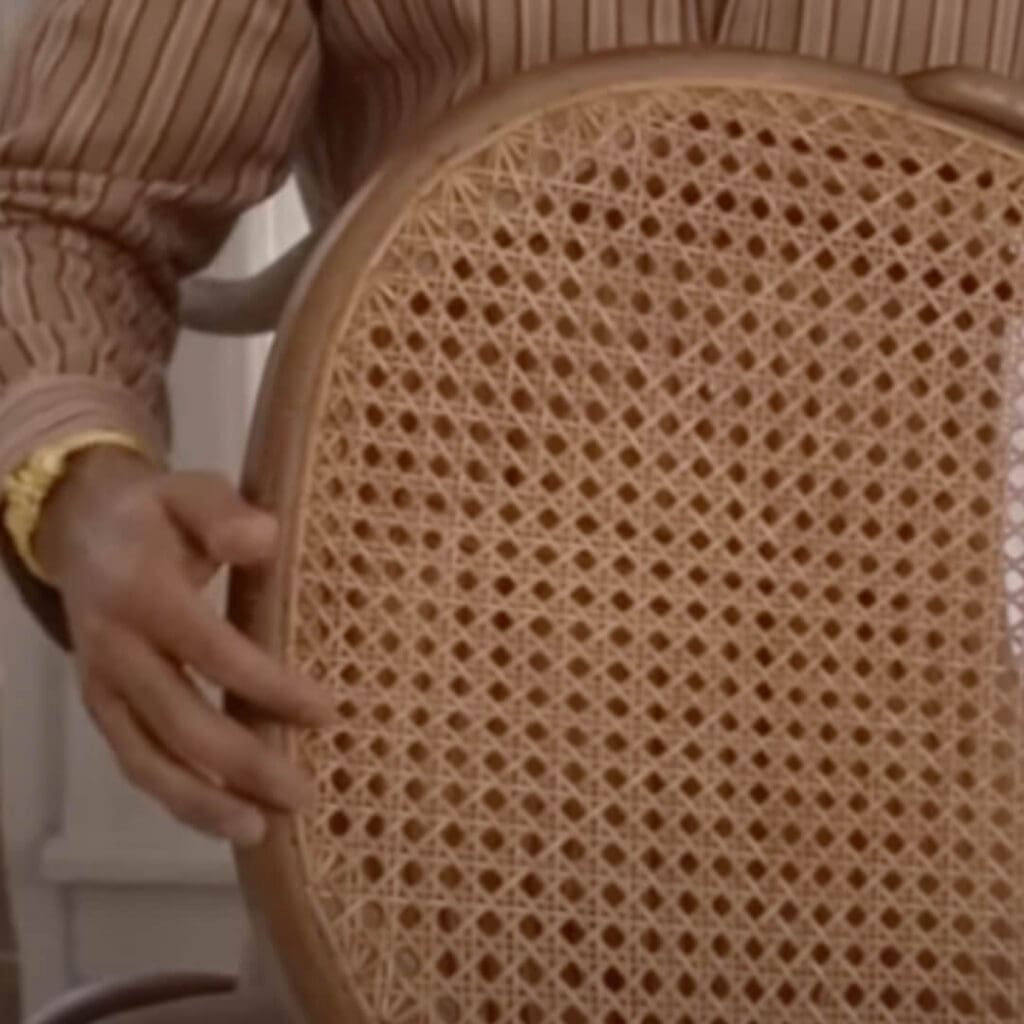
Caning is known for its intricate patterns and unique designs, often created by skilled artisans with years of experience in this art form. Caning can add a touch of elegance and sophistication to any piece of furniture, making it a popular choice among designers and furniture enthusiasts alike.
The History Of Caning Explored
The history of caning can be traced back to ancient civilizations such as Egypt, Greece, and Rome. Caning was initially used for practical purposes, such as creating baskets and other household items.
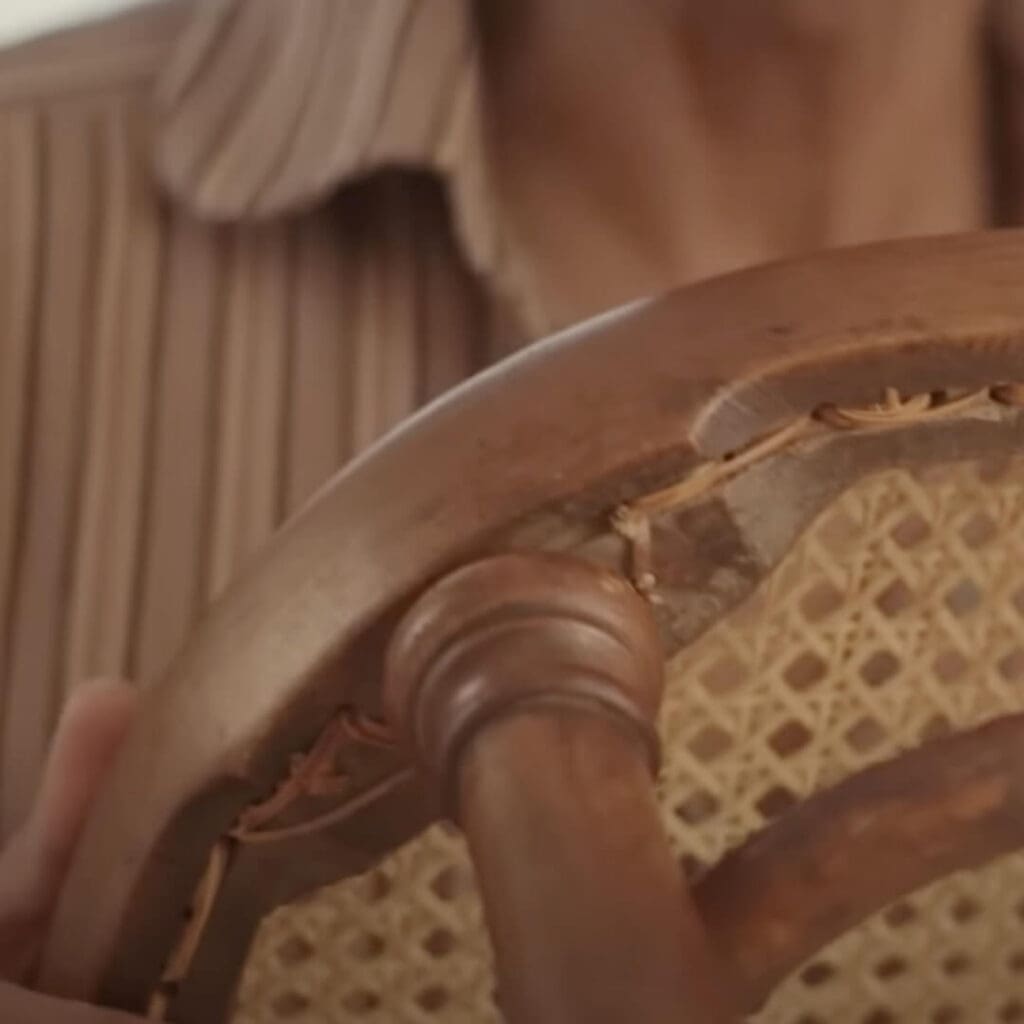
Over time, caning evolved into an art form and was used to create intricate patterns on furniture such as chairs and stools. In the 17th and 18th centuries, caning became increasingly popular in Europe, where it was used to create elaborate designs on furniture pieces for royalty and the upper class.
Caning remains a popular technique for creating unique and durable furniture pieces. Whether restoring an old chair or designing a new piece from scratch, caning is a versatile and timeless technique that adds elegance and sophistication to any furniture piece.
Watch Our Video About Hand Caning
That is how caning is a classic furniture technique with a rich history and cultural significance.
10 Unique Qualities Of Caning
With caning comes a lot of unique qualities. These unique qualities of the material continue to ensure that caning remains vital today and for years to come.
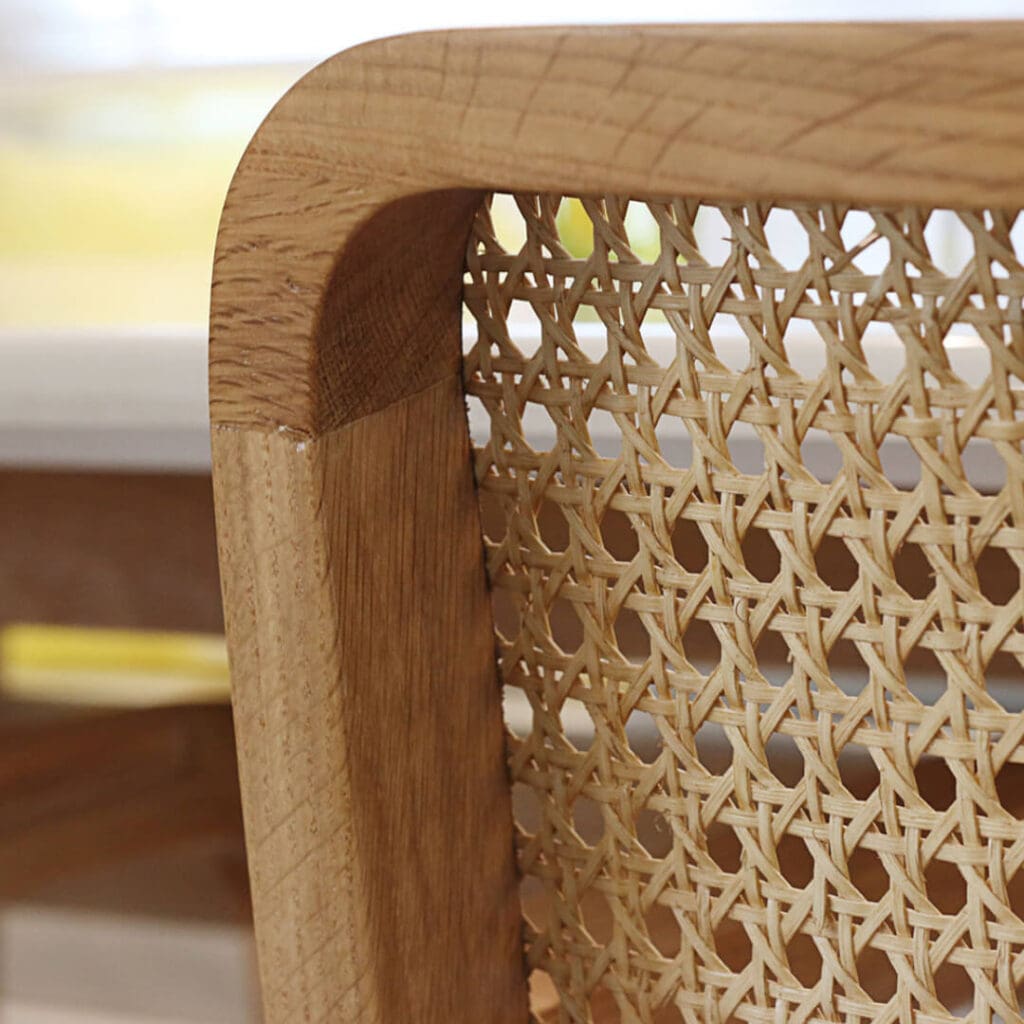
- Caning is a versatile technique used on various furniture pieces, including chairs, benches, and stools. This means that caning can be applied to many different types of furniture, making it a versatile option for designers and furniture enthusiasts.
- Caning is a durable technique that can withstand years of use and abuse. Caning is known for its durability, making it an ideal option for furniture used frequently or for long periods.
- Caning is a lightweight technique, making moving furniture around the room easy. This is particularly useful for furniture that needs to be moved frequently or spaces requiring furniture to be easily repositioned.
- Caning is a comfortable technique that provides a flexible and breathable seating surface. This means that caned furniture pieces are often more comfortable than those with solid surfaces, as they can mold the body and allow for airflow.
- Caning is a cost-effective technique, making it an affordable way to update old or worn-out furniture. Caning is often less expensive than other upholstery techniques, making it an ideal option for those on a budget.
- Caning is a sustainable technique using natural materials that can be easily sourced and replenished. Unlike synthetic materials, caning is made from natural materials that can be sustainably harvested and replaced.
- Caning is a customizable technique, allowing for endless design possibilities and variations. This means that caned furniture pieces can be customized to fit various styles and aesthetics.
- Caning is a traditional technique with a rich history and cultural significance. Caning has been used for centuries and is a technique passed down through generations of artisans and craftspeople.
- Caning is a therapeutic technique offering a calming and meditative activity for those who practice it. Caning requires excellent focus and attention to detail, making it a relaxing and enjoyable activity for many people.
- Caning is a timeless technique with a classic and elegant aesthetic that never goes out of style. Caning has been used for centuries and is a popular technique for creating elegant, sophisticated furniture.
Caning Is A Classical Furniture Technique For Today’s Home Decor
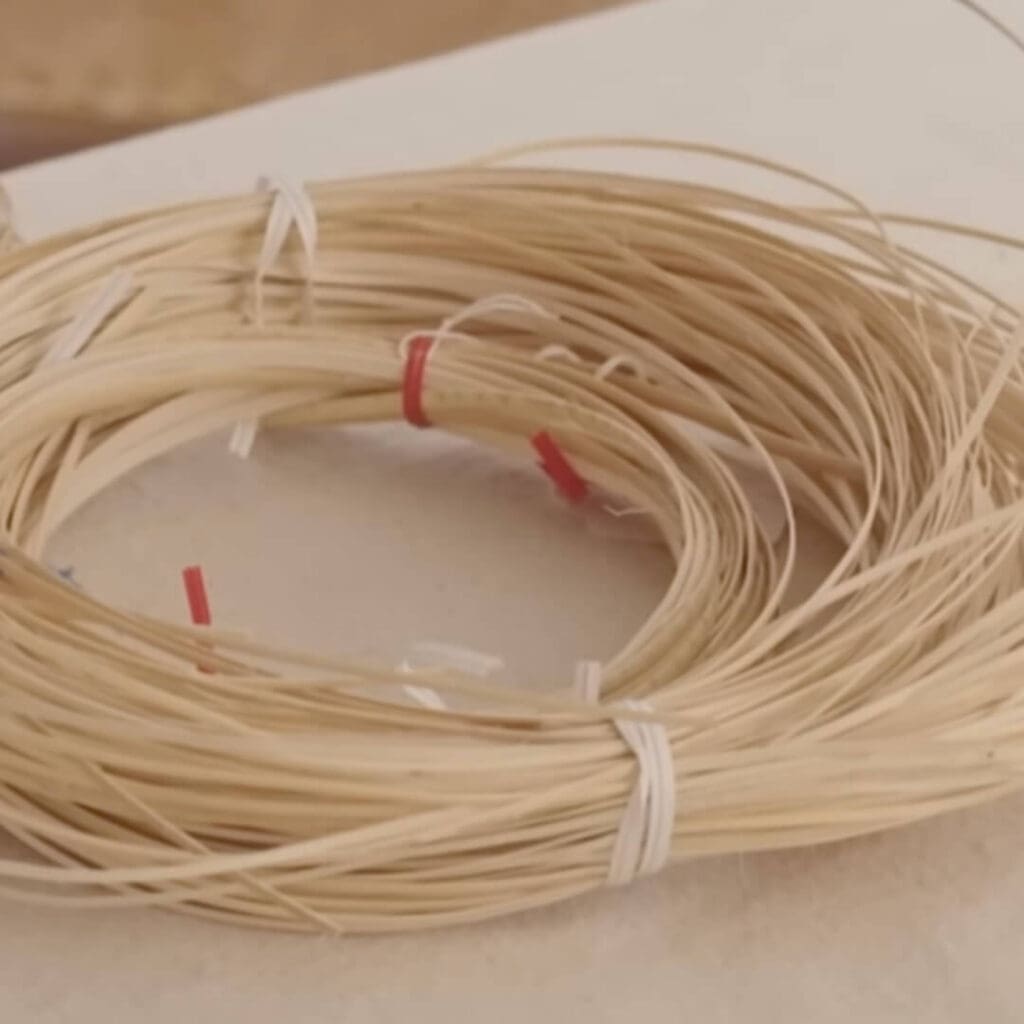
Caning is a classic furniture technique that is an important trend in interior design. Although an ancient technique, caning has remained a popular choice for designers and furniture enthusiasts due to its timeless and elegant aesthetic.
Caning is often used to create unique and sophisticated furniture pieces that add a touch of elegance and style to any space.
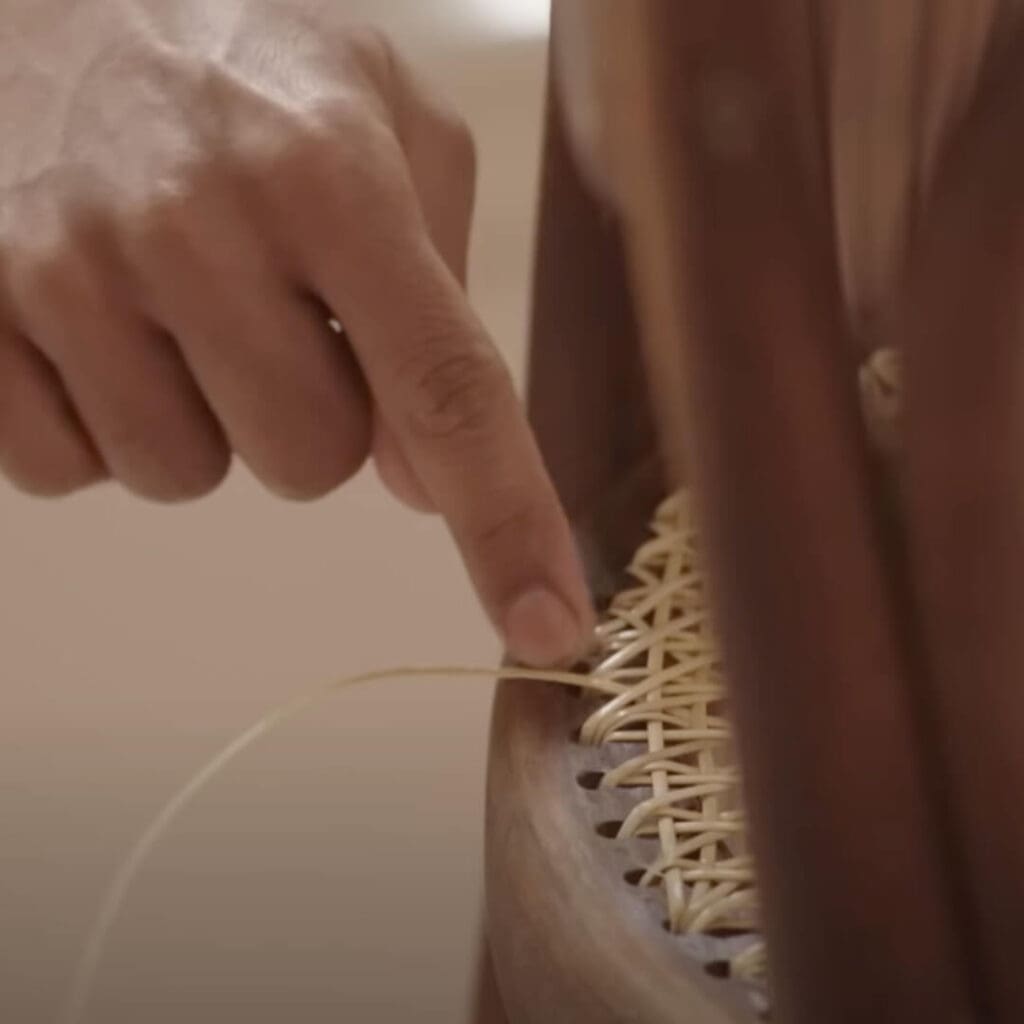
In recent years, caning has experienced a resurgence in popularity as more people turn to sustainable and eco-friendly furniture options. Caning is a technique that uses natural materials, making it an ideal choice for those conscious of the environmental impact of their furniture choices.
Additionally, caning is a versatile technique to create a wide range of furniture pieces, from chairs and benches to headboards and screens.
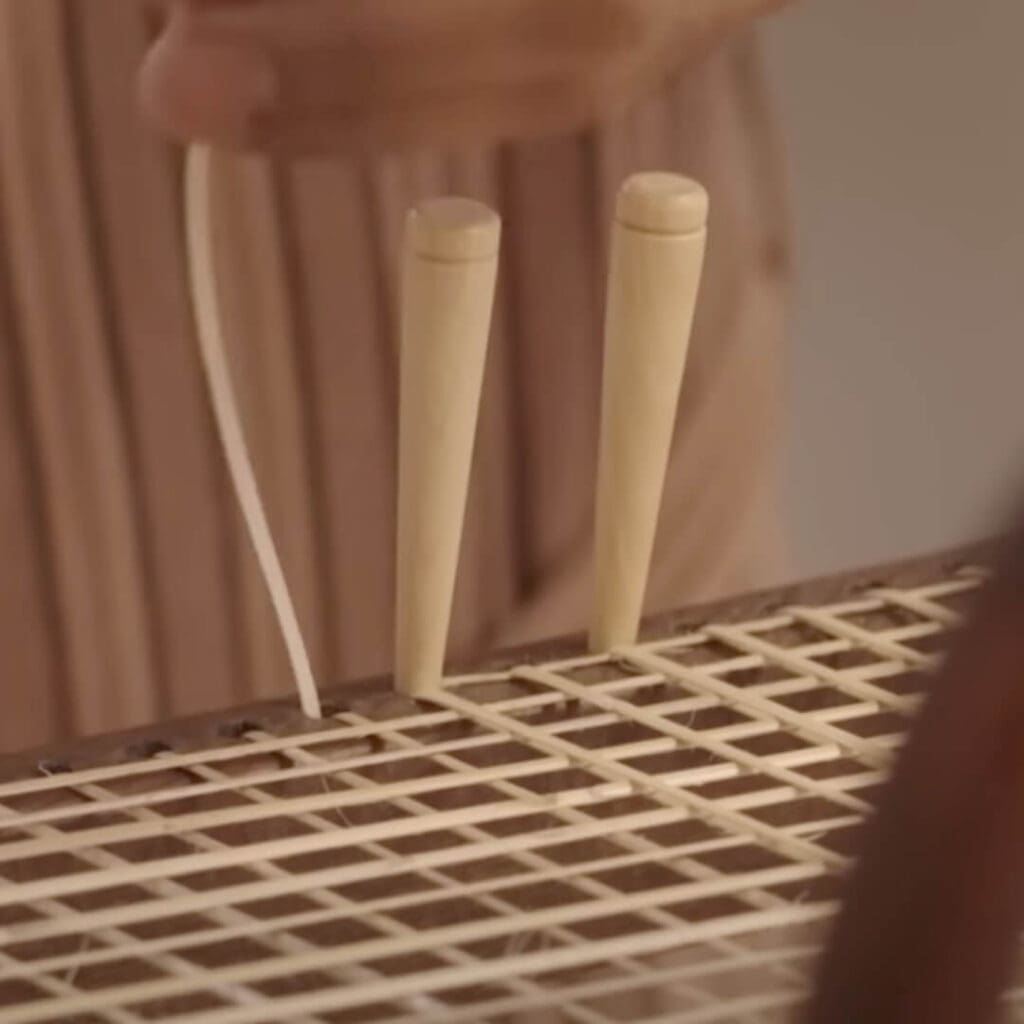
Caning is a classic furniture technique that is an important trend in interior design. Its timeless and elegant aesthetic, sustainability, and versatility make it popular among designers and furniture enthusiasts.
If you’re interested in manufacturing caning products, Mondoro is an excellent resource to explore.
Find out more about how Mondoro can help you create, develop, and manufacture excellent home decor and furniture products – don’t hesitate to contact me, Anita. Check out my email by clicking here or become a part of our community and join our newsletter by clicking here.
Mondoro gives out a FREE Lookbook to anyone interested. You can receive a copy of our latest Lookbook by clicking here.
Listen to our Podcast called Global Trade Gal. You can find it on all major podcast platforms. Try out listening to one of our podcasts by clicking here.
Subscribe to our Mondoro Company Limited YouTube Channel filled with great videos and information by clicking here.
Frequently Asked Questions About Furniture Caning
What is furniture caning?
Furniture caning is a method of weaving strips of material (usually rattan, wicker, or other plant-based fibers) through the openings of a frame to create a seat or backrest.
What are the different types of caning?
There are several types of caning, including hand-woven cane, sheet cane, rush, splint, and Danish cord.
What is a hand-woven cane?
Hand-woven cane is a type of caning that involves weaving individual strands of cane through drilled holes in the furniture frame.
What is sheet cane?
Sheet cane (also known as a pressed cane) is a type of caning that involves stretching a pre-woven sheet of cane over the frame and securing it with glue.
What is rush caning?
Rush caning is a type of caning that involves weaving natural or synthetic rushes through drilled holes in the frame.
What is splint caning?
Splint caning is a type of caning that involves weaving flat, narrow strips of wood through drilled holes in the frame.
What is Danish cord caning?
Danish cord caning is a type of caning that involves weaving a cord made of tightly twisted paper or synthetic fibers through drilled holes in the frame.
What are the benefits of caned furniture?
Caned furniture is lightweight, flexible, and breathable, which makes it comfortable to sit on for long periods. It also has a unique aesthetic that can add a touch of natural beauty to any room.
How do I care for caned furniture?
To care for caned furniture, you should avoid exposure to direct sunlight or extreme temperature changes, which can cause the caning to dry out and become brittle. You should also avoid placing heavy objects on caned seats, which can cause the caning to warp or break.
Can caned furniture be repaired?
Yes, caned furniture can be repaired by replacing the damaged caning with new material. However, the type of caning used will depend on the original type of caning and the preferences of the person repairing it.
How long does caning typically last?
The lifespan of a caning will depend on several factors, such as the quality of the material, the frequency of use, and the amount of exposure to sunlight and other elements. Generally, the hand-woven cane can last up to 30 years with proper care, while sheet cane and other types of caning may need to be replaced more frequently.
Can I do my own caning repairs?
Caning repairs can be quite challenging and may require specialized tools and techniques. While it is possible to do your repairs, it is usually recommended that you seek the assistance of a professional caner to ensure that the repair is done correctly.
Related Content
Three Types Of Chair Caning Explained
There are three basic types of caning: hand caning, press caning, or pre-woven cane and rush seats. Each of these has a unique look and feel. Caning and other woven kinds of natural mats have been used on furniture for centuries.
You can learn more by reading Three Types Of Chair Caning Explained by clicking here.
What Is Stronger Rattan Or Bamboo?
Bamboo is stronger than rattan. Some bamboo is known even to have a higher tensile strength than steel; this is why bamboo is used as scaffolding in construction in many parts of Asia. Rattan is a vine that grows in the jungles; when rattan is manufactured into furniture, it can be solid.
You can find out more by reading What Is Stronger Rattan Or Bamboo? by clicking here.
Hand-Woven Rattan Caning History
The art of caning goes back to ancient Egyptian times. Archaeologists found a King Tuk folding day or camping bed with a woven mattress on the bed frame; this was an example of some of the first types of caning. Caning also became popular in Europe in the 1600s, and by the mid-1800s, most of the cafe chairs found in Europe were Bistro chairs with caned seats.
By clicking here, you can find out more by reading our blog Hand Woven Rattan Caning History.

